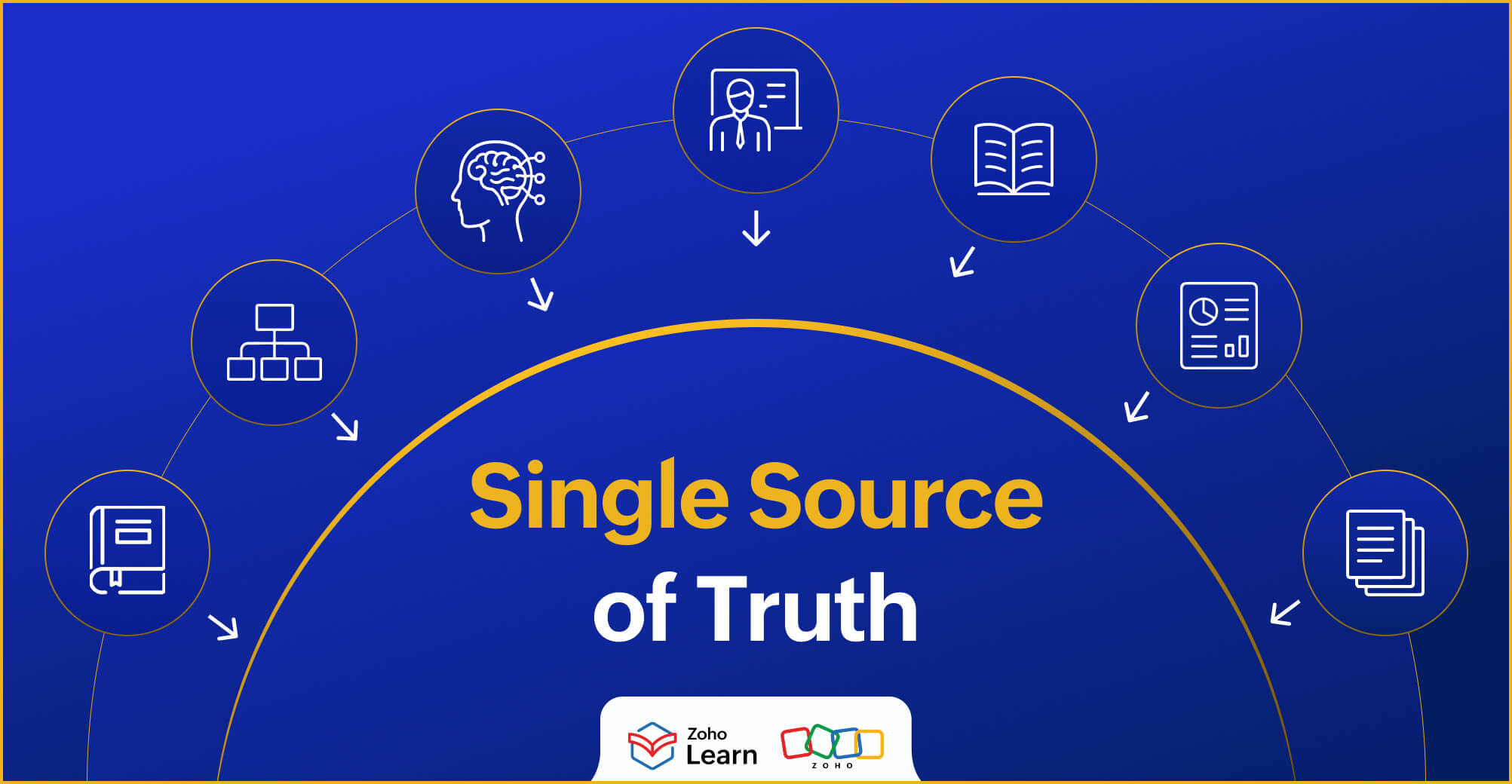- HOME
- Knowledge Management
- Building an effective external knowledge base for your organization
Building an effective external knowledge base for your organization
- Last Updated : March 5, 2024
- 1.1K Views
- 4 Min Read

What is an external knowledge base?
An external knowledge base is a centralized repository of information that resides outside the internal systems of an organization. It acts as a reservoir of collective knowledge, containing insights, guidelines, and solutions that can be accessed by relevant stakeholders. Unlike internal knowledge bases, which are specific to an organization's internal processes, external knowledge bases are designed to be shared with a broader audience, offering valuable insights to clients, customers, partners, or the general public.
What are the common resources included in an external knowledge base?
Documentation: Policy documents, brand awareness resources, educational guides, or user manuals.
Frequently Asked Questions (FAQs): Documents addressing common queries and concerns help users find quick solutions without direct assistance.
Tutorials and how-to guides: Step-by-step instructions and tutorials to assist users in accomplishing specific tasks.
Troubleshooting guides: Solutions for common issues and problems users may encounter, along with troubleshooting steps.
Best practices: Guidelines on the optimal use of products or services to enhance user experience and outcomes.
Updates and announcements: Forums to keep customers, partners, and clients informed about the latest developments, updates, and important announcements.
The benefits of having an external knowledge base
Faster customer onboarding: External knowledge bases facilitate faster customer onboarding by offering detailed guides, tutorials, and resources that help new users quickly understand and navigate products or services. This accelerates the learning curve of customers and maximizes the value they derive from the products or services.
Brand credibility: Users perceive companies that openly share information as trustworthy organizations. Providing comprehensive guides, troubleshooting solutions, and best practices showcases a commitment to customers increasing brand awareness and strengthening overall brand credibility.
Global accessibility: External knowledge bases break down geographical barriers by providing information to a global audience. Users from different time zones can access valuable insights at their convenience. This expands the reach of the organization, catering to a diverse and widespread audience without the limitations of time and distance.
Empowering partnerships: Partners feel empowered when they have easy access to information that enables them to sell your products and operate more effectively. An external knowledge base contributes to a more collaborative partnership by providing the tools and resources to facilitate consistent customer experiences.
Enhanced communication: A knowledge base serves as a centralized communication platform, ensuring that all stakeholders have access to important announcements, changes, and updates. This helps in maintaining clear and transparent communication channels with individuals involved in buying and selling your product or service.
How do you create an effective external knowledge base?
Define your audience
The first step in creating an effective external knowledge base is to clearly define your target audience. Understanding the needs, preferences, and expectations of the users who will access the knowledge base will help you build content that meets their specific requirements and aligns with their level of knowledge.
Choose the right platform
Selecting the right platform or knowledge base software is crucial to scale the knowledge base, depending on the size and type of users. Choose a user-friendly platform with features that align with the organization's goals and specific needs. The chosen platform should facilitate easy content creation, organization, and maintenance; enable collaboration; and offer analytics tools for monitoring user engagement and knowledge base performance.
Organize information
The information within the knowledge base should be organized in a logical and intuitive way. Use clear headings, subheadings, and tags to categorize content, making it easy for users to navigate and locate relevant information. Establish a well-defined structure that aligns with user expectations, ensuring a seamless and efficient user experience when accessing and exploring the knowledge base.
Regularly update content
To maintain the relevance and effectiveness of the external knowledge base, make regular content updates a priority. Keep information current by addressing changes, updates, and new developments. This proactive approach ensures that users always have access to the latest and most accurate information, preventing the knowledge base from becoming outdated and potentially causing confusion among users.
Encourage user contributions
Foster a collaborative knowledge-sharing environment by allowing users to contribute their insights and experiences. Implement features such as user comments, feedback forms, or forums where users can share additional information, ask questions, or provide feedback. User contributions can help improve the knowledge base and create a sense of community and engagement among users.
Monitor usage analytics
Implement robust analytics tools to monitor the performance of the external knowledge base. Track user engagement, search for patterns, and assess the most popular topics to gain insights into user behavior and identify areas of high usage. Optimize content based on user preferences and continuously improve the knowledge base to meet evolving user needs and expectations.
Conclusion
An external knowledge base is a powerful tool for organizations and individuals looking to streamline external information sharing and improve user experiences. By setting up a well-structured and effective external knowledge base, you can establish a robust and well-informed ecosystem that will scale your organization’s growth.


